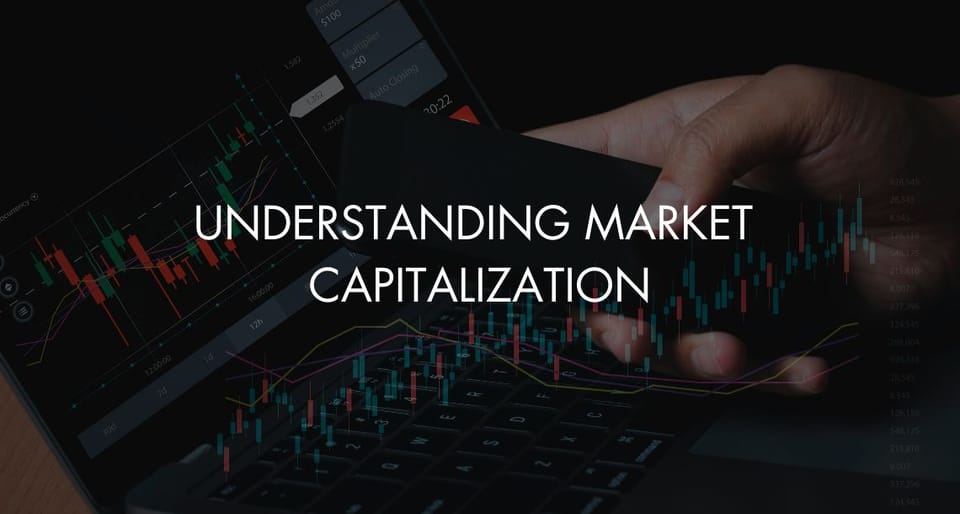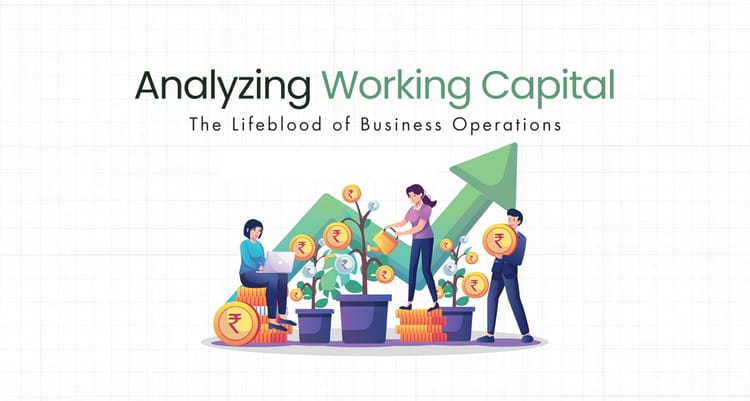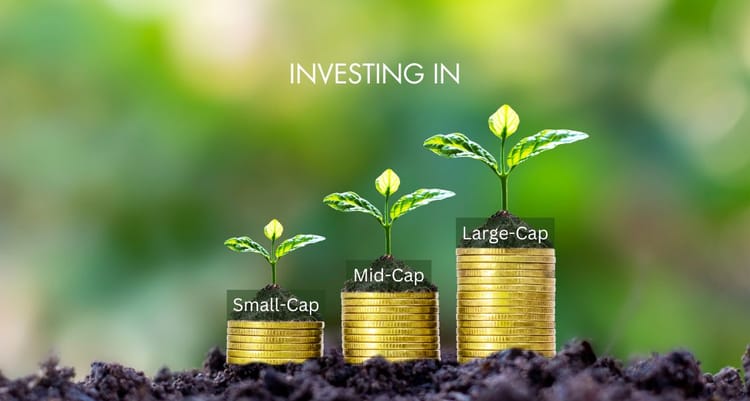Understanding Market Capitalization: A Guide to Stock Size Categories

Market capitalization, often simply called "market cap," is a fundamental concept in the investment world. It represents the total market value of a company's outstanding shares of stock. This figure is calculated by multiplying the current share price by the total number of outstanding shares. Market cap is a vital metric because it gives investors a quick snapshot of a company's size and the aggregate value the market places on it, aiding in the classification of stocks into different size segments.
Why Market Capitalization Matters
Market capitalization is not just a number—it's a strong indicator of various company traits, including risk level, growth potential, and market dominance. Here’s why it's a crucial metric for investors:
- Investment Classification: Market cap allows investors to classify companies into different tiers: small-cap, mid-cap, and large-cap. Each category tends to have distinct characteristics, typical performance patterns, and varying levels of risk.
- Risk Assessment: Generally, large-cap companies are considered more stable and less risky compared to small-cap companies, which are often more volatile but might offer higher growth potential.
- Portfolio Diversification: Understanding the different market cap categories helps investors build a diversified portfolio, balancing risk and reward according to their investment goals.
Stock Size Categories Explained
- Large-Cap Stocks: Typically, these are companies with a market cap of $10 billion or more. They are usually industry leaders and have a stable earnings history. Investments in large-cap stocks are often considered safer during turbulent market conditions.
- Mid-Cap Stocks: These companies are generally valued between $2 billion and $10 billion. Mid-cap stocks offer a balance between the growth potential of small-cap stocks and the stability of large-cap stocks, often being in a phase of growth and expansion.
- Small-Cap Stocks: Small-cap companies are those with a market value of less than $2 billion. They are usually younger companies with significant potential for growth and expansion, but this comes with a higher risk due to their lower market capitalization.
Limitations of Market Capitalization
While market cap provides a quick snapshot of a company’s size, it doesn’t tell the whole story. Here are some limitations:
- Not a Measure of Company Health: Market cap does not reflect the company's fundamentals directly. A company with a high market cap might still have underlying problems that make it a less attractive investment.
- Market Sentiment: Market cap can be heavily influenced by market sentiment, which does not always reflect the actual value or performance of the company.
- Liquidity Issues: Especially in the case of small-cap stocks, high market cap doesn’t always mean high liquidity, which could be a problem for investors trying to buy or sell large quantities of shares.
Understanding market capitalization is essential for anyone involved in investing as it helps categorize companies into different classes that can align with various investment strategies and risk tolerances. By knowing what each market cap size implies, investors can better tailor their portfolios to meet their financial goals and risk appetite. However, it's crucial to complement this knowledge with other financial analyses and not rely solely on market cap when making investment decisions.
FAQs
Q1: How often does market capitalization change?
A1: Market cap changes frequently, as it is dependent on the stock price, which can fluctuate daily based on market conditions and company performance.
Q2: Can companies change categories over time?
A2: Yes, companies can move between categories as their stock price changes and as they issue or buy back shares.
Q3: How should market cap influence investment decisions?
A3: Market cap should be one factor among many in an investment decision, including industry trends, company fundamentals, and your personal investment strategy.
Q4: Why might an investor choose a small-cap stock over a large-cap stock?
A4: An investor might choose small-cap stocks for their growth potential. While they carry more risk, they can offer higher returns if the company grows significantly.
Q5: Is a higher market cap always better?
A5: Not necessarily. A higher market cap often indicates a larger, more established company, but it doesn't guarantee better performance or lower risk.






Member discussion